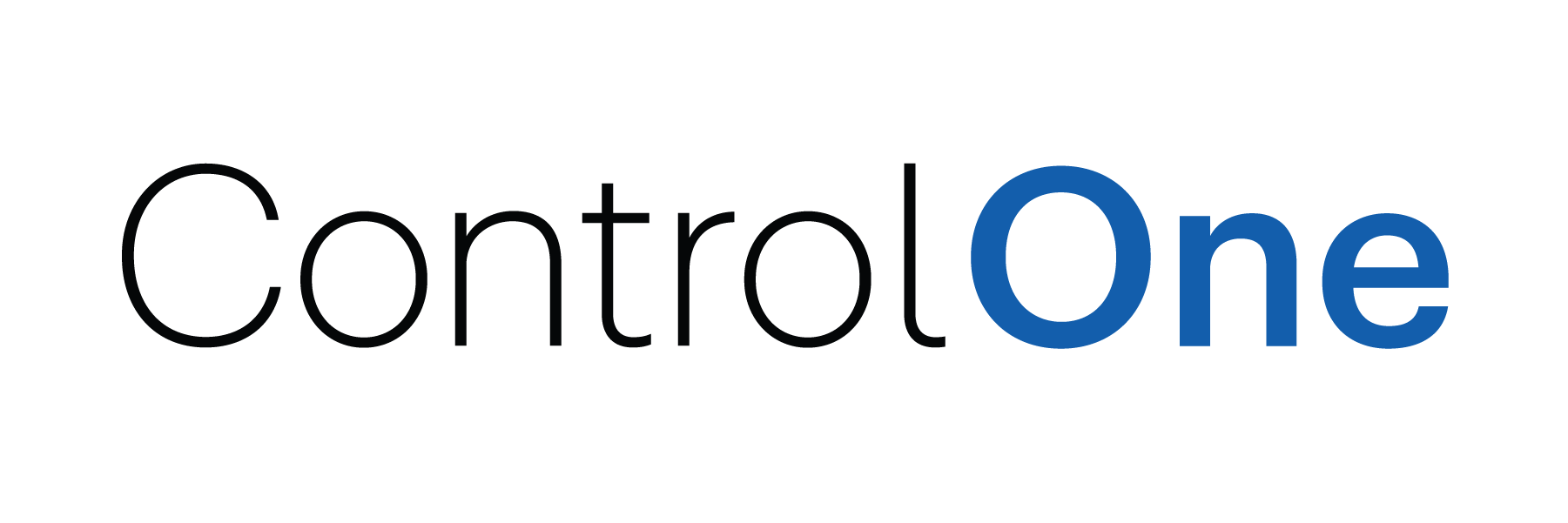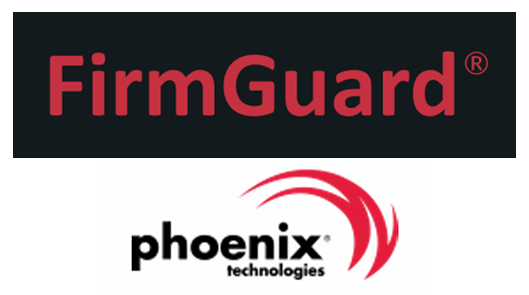All Cybersecurity Tips
Educate your business with Alaska’s Cyber Security leaders – learn how to protect your data.
Install Antivirus Software: Protecting computers and other devices used by employees should be one of your top priorities when it comes to cyber security measures; ensure that all systems have updated antivirus software installed on them at all times to detect any malicious software before it causes damage or compromises confidential data.
Back Up Data Regularly: Data backups are an essential component of any disaster recovery plan; schedule regular backups so you always have copies of important files stored in case anything goes wrong onsite due to a breach or natural disaster.
Monitor Network Activity: Having real-time visibility into who is accessing what, when, and where, within your company, is critical for detecting intrusions quickly. Utilize an advanced monitoring system capable of providing detailed logs about who has accessed which resources during specific periods.
Set Up Firewalls: Firewalls help keep unauthorized users from gaining access into protected networks; use both hardware and software firewalls configured according to industry standards to ensure maximum protection against outside threats.
Monitor Social Media Accounts: Although social media accounts aren’t necessarily connected to internal systems, businesses must monitor these accounts to ensure no malicious activity is taking place that could be associated with the brand / company. This includes checking comments and posts made by potential customers as well as looking out for fake profiles created to impersonate the company or its products or services.
Keep Systems Updated: Make sure all systems used by your business—including computers, servers, mobile devices, and routers—are kept up to date with security patches so they remain protected against known vulnerabilities that hackers could exploit to gain unauthorized access into your network or steal confidential data stored within it.
Scale: The first and most obvious difference is scale. Businesses typically have more devices and more users to protect than the average home user. This means that businesses may need to invest in more comprehensive security solutions that can scale to meet their needs.
Complexity: The security needs of a business are often more complex than those of a home user. Businesses may need to consider factors such as network security, data encryption, and secure remote access, all of which can be more complicated than basic antivirus and firewall protection.
Compliance: Depending on the industry, businesses may be subject to certain regulations and compliance standards that dictate how they must protect sensitive information. For example, healthcare providers must comply with HIPAA regulations, while financial institutions must comply with PCI-DSS standards. These regulations may require businesses to invest in additional security measures and undergo regular audits to ensure compliance.
Budget: Businesses typically have a larger budget to invest in IT security than the average home user. While home users can certainly benefit from investing in quality antivirus software and regular backups, businesses may be able to afford more advanced security solutions such as intrusion detection and prevention systems, data loss prevention, and security information and event management (SIEM) systems.
Human error: Finally, it’s worth noting that the biggest threat to IT security for both businesses and home users is often human error. In the case of businesses, this may manifest in the form of employees falling for phishing scams or accidentally exposing sensitive information. For home users, this may involve falling for scams or using weak passwords. Regardless of the context, it’s important to educate users on best practices for staying safe online and to implement security protocols that can help mitigate the risks associated with human error.
Two-factor authentication: Many online services offer two-factor authentication, which adds an extra layer of security to your accounts by requiring a second form of identification, such as a security code or fingerprint. This can help prevent unauthorized access to your accounts and protect your personal information. Two-factor authentication is typically free to use and can be enabled in your account settings.
Password manager: Using a password manager can help you create and manage strong, unique passwords for all of your online accounts. Many password managers offer a free version with basic features, such as LastPass and Bitwarden. These programs can help you generate strong passwords, store them securely, and automatically fill them in when you log in to your accounts.
VPN: A virtual private network (VPN) is a tool that can help protect your online privacy and security by encrypting your internet traffic and masking your IP address. While some VPNs can be expensive, there are many free or low-cost options available, such as ProtonVPN and Windscribe. These programs can help protect your online activity from prying eyes and keep your personal information safe.
Train your employees on cyber security: Your employees are your first line of defense against cyber attacks. It is crucial to train your employees on cyber security best practices, such as creating strong passwords, avoiding phishing emails, and reporting suspicious activity. Make sure to regularly remind them of these practices to keep them top of mind.
Use strong passwords: Passwords are one of the weakest links in cyber security. Make sure to use a combination of upper and lower case letters, numbers, and symbols when creating a password. Avoid using personal information such as your birthdate or pet’s name. Additionally, it is important to use a different password for each account to prevent a hacker from gaining access to multiple accounts if one password is compromised.
Limit access to sensitive data: Only provide access to sensitive data to employees who need it. Implement a system of user permissions to ensure that only authorized personnel can access sensitive information.
Develop an incident response plan: Despite your best efforts, there is always a chance that a cyber attack may occur. Having an incident response plan in place can help you respond quickly and minimize the impact of a security breach.
Be wary of unsolicited emails: Be cautious of any email that you weren’t expecting, especially if it asks you to click on a link or download an attachment. These emails may be disguised as coming from a legitimate source, such as your bank or a well-known company, but are actually sent by scammers.
Check the sender’s email address: Scammers may use a fake email address that looks similar to a legitimate one in order to trick you. Always double-check the sender’s email address to ensure that it’s legitimate.
Don’t click on links or download attachments: If an email contains a link or attachment, hover over it with your mouse cursor to see where it leads. If you’re unsure, don’t click on it. Instead, go directly to the website in question by typing the URL into your browser.
Look for spelling and grammatical errors: Many phishing scams contain spelling and grammatical errors. Legitimate companies typically have professional communication standards and don’t make these types of mistakes.
Check the website’s URL: Phishing scams may direct you to a fake website that looks like the real thing. Always check the URL to ensure that you’re on the correct website. Look for the https in the URL, which indicates that the website is secure.
Be cautious of urgent requests. Scammers may try to create a sense of urgency in order to get you to act quickly. For example, they may claim that there’s a problem with your account that needs immediate attention. Always take a moment to verify the legitimacy of the request before taking any action.
Contact Us
Fill out the form to request Service Assessment and learn how we can make your technology worry-free!
Please be advised that we don’t accept emails sent from free services like gmail.com, yahoo.com, hotmail.com and similar due to increased level of spam coming from these domains.
Follow us on social media:






